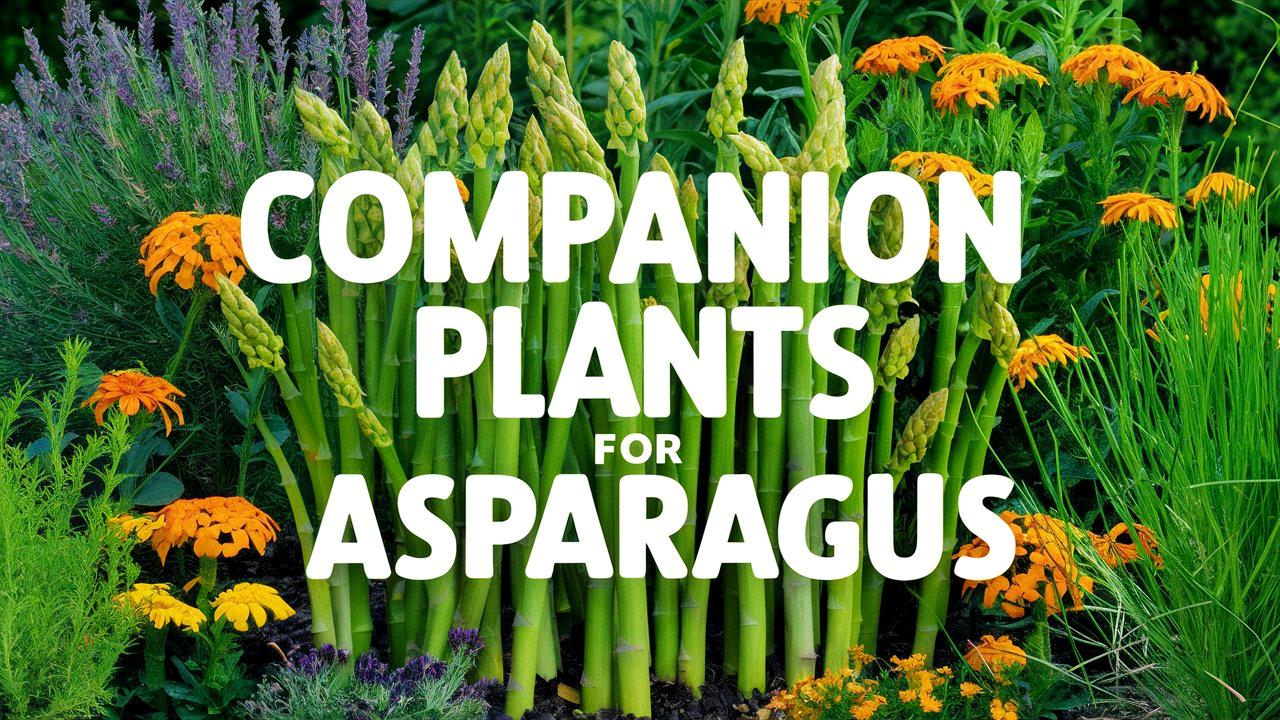Asparagus is a perennial vegetable known for its delicate flavor and numerous health benefits. To achieve optimal growth and productivity, selecting the right companion plants can be crucial. Companion planting is the practice of growing different plants in close proximity to each other to enhance growth and yields or to repel pests. Below, we will explore various beneficial companion plants for asparagus, delving into their unique characteristics and advantages.
Tomatoes
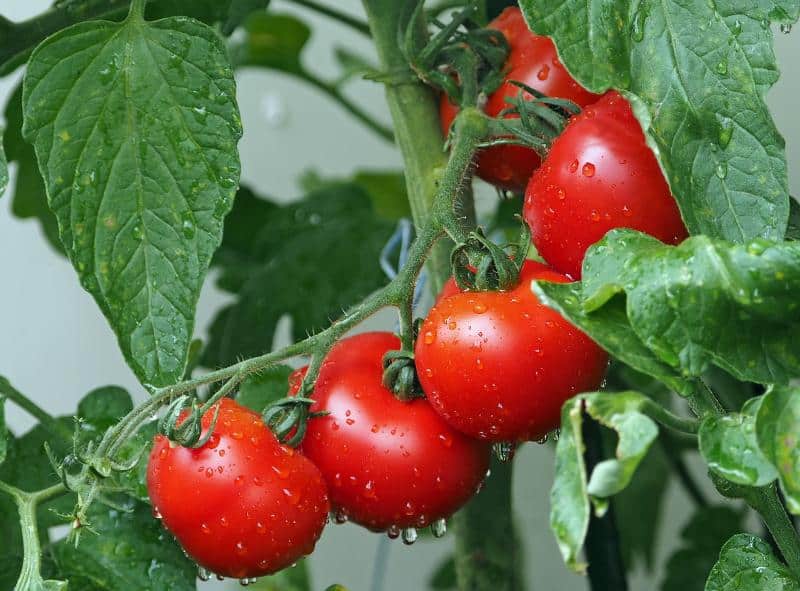
Tomatoes are one of the most popular companion plants for asparagus. The symbiotic relationship between these two plants can be attributed to several factors. Asparagus plants grow tall and provide shade for shorter tomatoes, helping to regulate temperature in the garden. Furthermore, tomatoes yield organic compounds that can deter pests like asparagus beetles, making them excellent protectors. When planting tomatoes with asparagus, it’s wisely advised to choose determinate varieties, which grow to a certain height and do not spread as widely, thereby minimizing competition for resources. The combination of tomatoes and asparagus not only maximizes garden space but also enhances flavors in the kitchen.
Cilantro
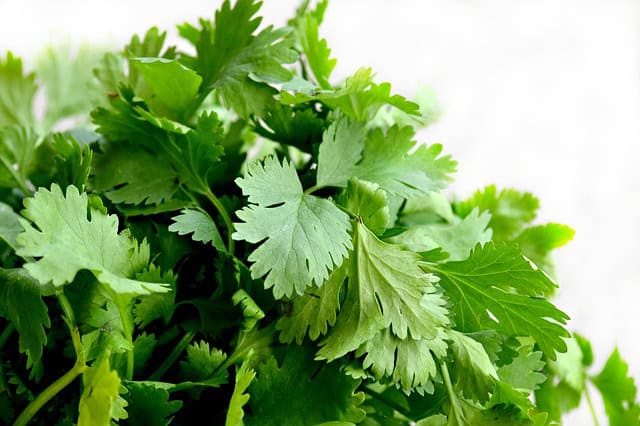
Cilantro, also known as coriander, is a herb that thrives near asparagus due to its aromatic qualities that deter certain pests. This herb attracts beneficial insects like ladybugs and lacewings, whose larval stages feed on pests that might otherwise harm asparagus. Cilantro’s foliage can provide light shade to young asparagus shoots, which prefer cooler conditions during their initial growth. Planting cilantro alongside asparagus can also improve the overall biodiversity of the garden, enhancing soil health and promoting beneficial microbial activity.
Basil
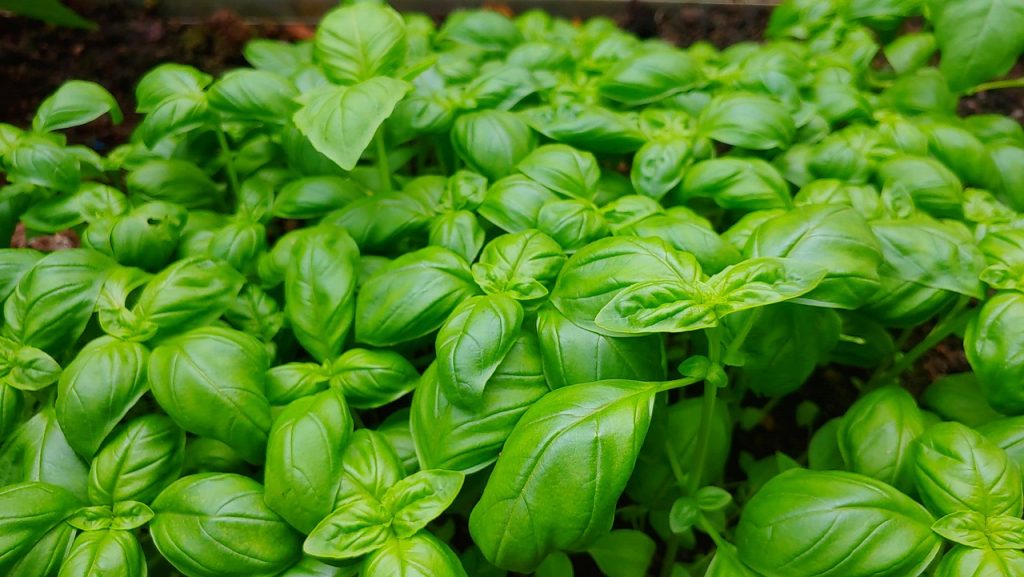
Basil is another excellent companion plant for asparagus. The fragrance of basil is known to repel aphids, spider mites, and whiteflies, which are common pests in vegetable gardens. Additionally, basil has been shown to improve the flavor and growth rate of nearby plants. When paired with asparagus, basil’s growth habit is relatively compact, meaning it will not overshadow the taller asparagus ferns. Basil also thrives in similar soil conditions, making it easier to manage. The culinary uses of basil further contribute to the appeal of this companion plant, as fresh basil can elevate asparagus dishes to new culinary heights.
Eggplant
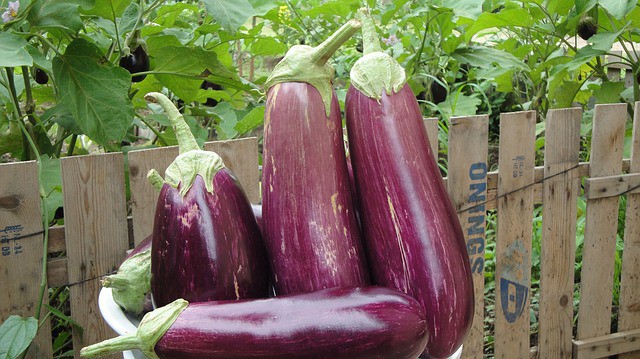
Eggplant complements asparagus well in the garden due to its similar growing requirements and developmental habits. Both plants prefer well-drained, fertile soil and thrive in similar temperature ranges. While eggplant grows upright, it does not compete heavily for light and can help create a diverse planting structure. Additionally, eggplants produce certain phytochemicals that can deter pests. They have a short growing season, which means they can be planted with asparagus in such a way to maximize space before the asparagus crowns spread out.
Horseradish
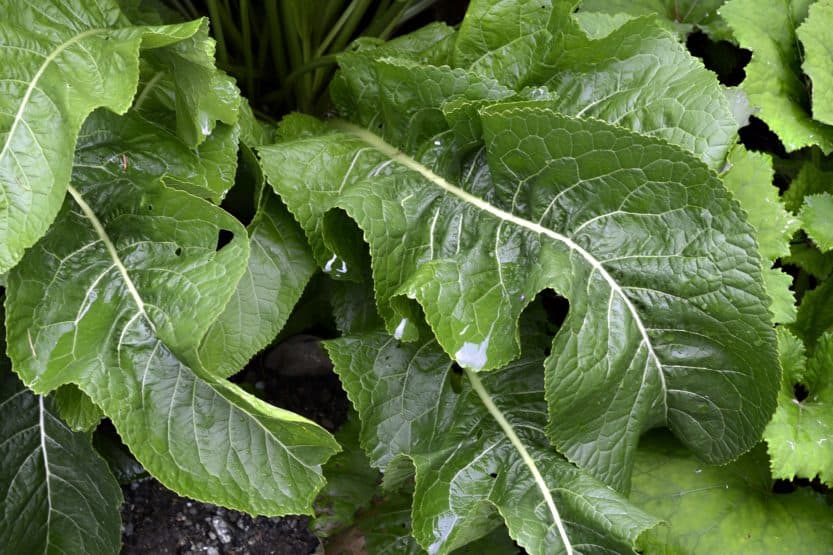
Horseradish is renowned for its pungent roots and powerful flavor, but its role as a companion plant is equally noteworthy. When planted near asparagus, horseradish can serve as a pest deterrent, particularly against nematodes that may threaten asparagus roots. Its extensive root system can help break compacted soil, promoting better drainage and aeration. Horseradish can grow quite tall, providing additional shade for young asparagus plants during the hottest months. Just be cautious, as horseradish can become invasive, so it’s often recommended to plant it in a contained area or within a pot to control its spread.
Parsley
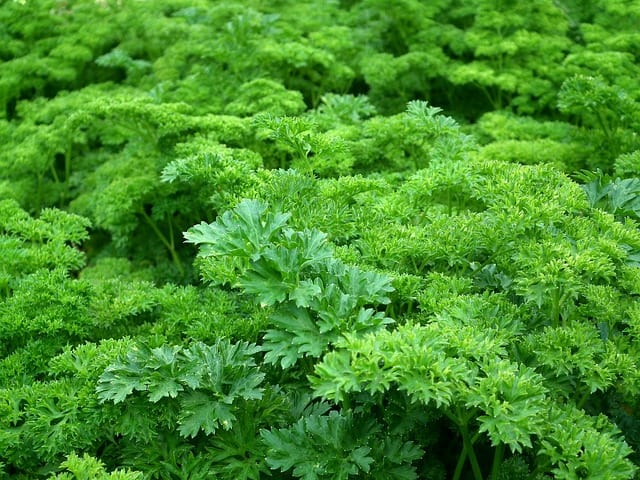
Parsley is another beneficial herb that can enhance the growth and viability of asparagus. Known for attracting hoverflies, which feed on aphids, parsley can help mitigate pest pressures. This herb has a compact growth habit, so it won’t compete aggressively for nutrients or sunlight. In addition, parsley is biennial, meaning that it can remain in the garden for a second growing season, providing ongoing benefits and allowing asparagus time to establish its roots. The culinary uses of parsley, from garnishing to flavoring dishes, make it a valuable addition to any garden that includes asparagus.
Comfrey

Comfrey is a perennial herb known for its deep taproot, which enables it to mine nutrients from the soil that shallower-rooted plants, like asparagus, might miss. It is an excellent choice for companion planting because its large leaves can provide mulch for moisture retention and weed suppression around asparagus. Furthermore, comfrey is often used to create nutrient-rich compost tea due to its high nitrogen content, which can be beneficial for feeding asparagus. By encouraging a healthy ecosystem of nutrients, comfrey can significantly enhance the overall growth and sustainability of your asparagus plants.
Dill
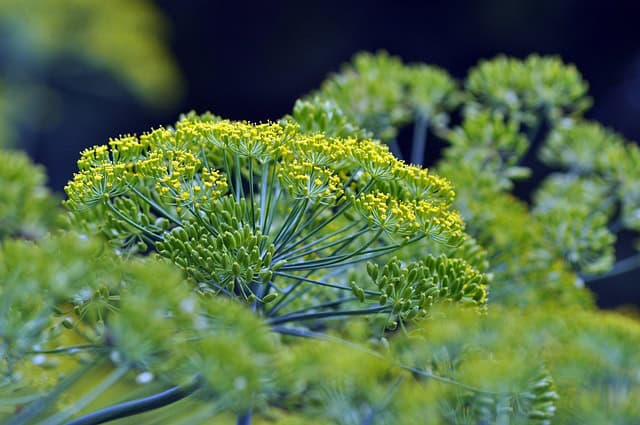
Dill is a favored companion for asparagus, primarily due to its ability to attract beneficial insects. Ladybugs and parasitoid wasps are among the pests that are drawn to dill, as they are hungry for aphids and other insects that may target asparagus. Furthermore, dill shares similar growing conditions with asparagus, preferring well-drained, nutrient-rich soil. Dill can be harvested at various stages, and its feathery fronds lend a delicate aesthetic to the garden while providing a culinary herb that complements the desired flavor profile of asparagus dishes.
Marigold
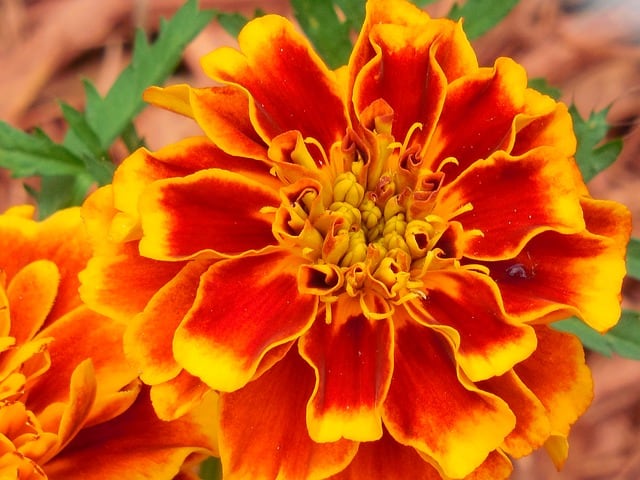
Marigolds are often planted in vegetable gardens for their pest-repelling properties. These vibrant flowers emit a strong scent and produce compounds in their roots that can deter nematodes and other soil pests. When grown alongside asparagus, marigolds can create a protective barrier against common pests such as aphids and beetles. They also attract pollinators, enhancing overall biodiversity in the garden. Additionally, marigolds can add a splash of color and visual appeal to the vegetable plot, creating a more pleasant gardening experience.
Nasturtiums
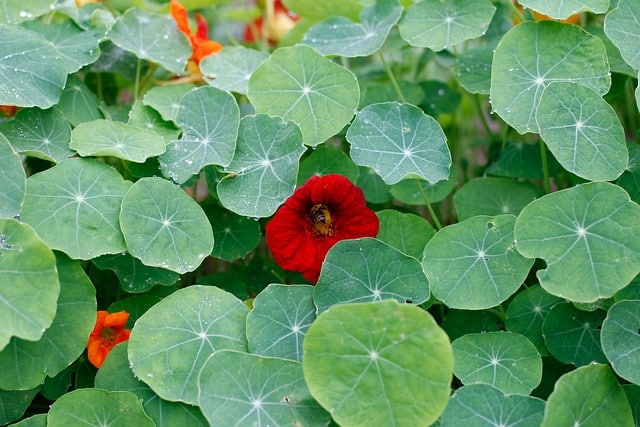
Nasturtiums are not only beautiful but also beneficial to asparagus gardens. These edible flowers attract aphids away from asparagus, acting as a trap crop. By drawing aphids to the nasturtiums, asparagus plants can grow with less pest pressure overall. Moreover, nasturtiums have a compact growth form that doesn’t overshadow the taller asparagus ferns. The edible leaves and flowers of nasturtiums can be harvested for salads, offering a peppery flavor that complements asparagus dishes beautifully.
Clover
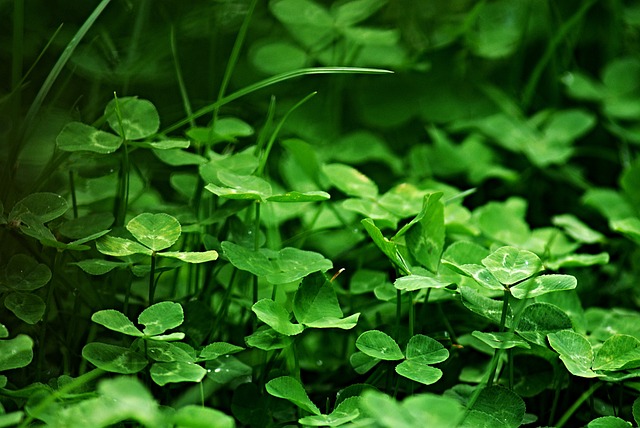
Clover serves as an excellent ground cover for asparagus beds. Its ability to fix nitrogen in the soil makes it particularly valuable, as asparagus thrives in nitrogen-rich environments. Clover also provides a living mulch that can help retain moisture, reduce weeds, and keep soil temperatures stable. As a legume, clover can enhance soil fertility through nitrogen fixation, benefiting the asparagus plants immensely. Its low-growing nature means it won’t compete for space but instead supports the overall health of the garden ecosystem.
Beetroots
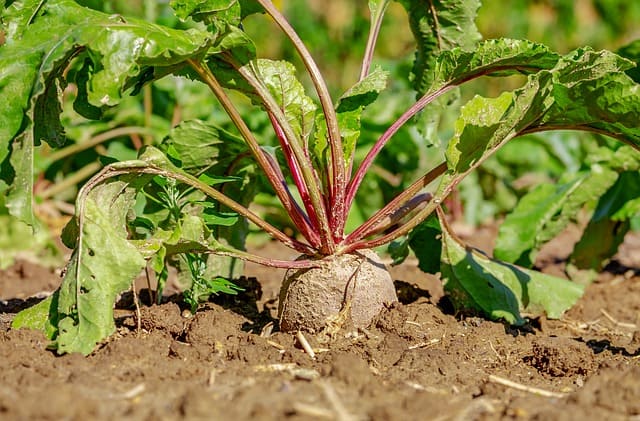
Beetroots can make good companions for asparagus due to their growth habits. As a root vegetable, beets grow underground and will not compete for light or space with the asparagus’ ferns. The two plants can coexist in the same garden bed, taking advantage of the available nutrients without hindering each other’s growth. Beetroots can also improve soil structure and provide an additional harvest from the same plot of land, maximizing yield. Additionally, beets have a relatively fast growing cycle, allowing gardeners to enjoy fresh produce before asparagus reaches its peak.
Lettuce
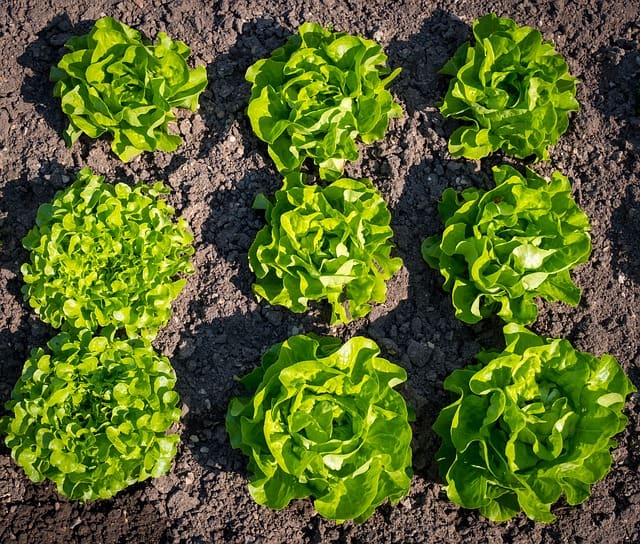
Lettuce is another excellent companion for asparagus, especially in the early spring when temperatures are cooler. The shallow roots of lettuce do not compete with the deep roots of asparagus, allowing them to grow harmoniously together. Moreover, lettuce provides shade for the young asparagus shoots, helping to keep them protected from harsh sunlight. They can be seeded in rows around asparagus plants, ensuring a continuous harvest of leafy greens without interfering with the asparagus’ growth cycle. Lettuce’s variety also provides multiple textures and flavors to the garden fresh meals.
Strawberries
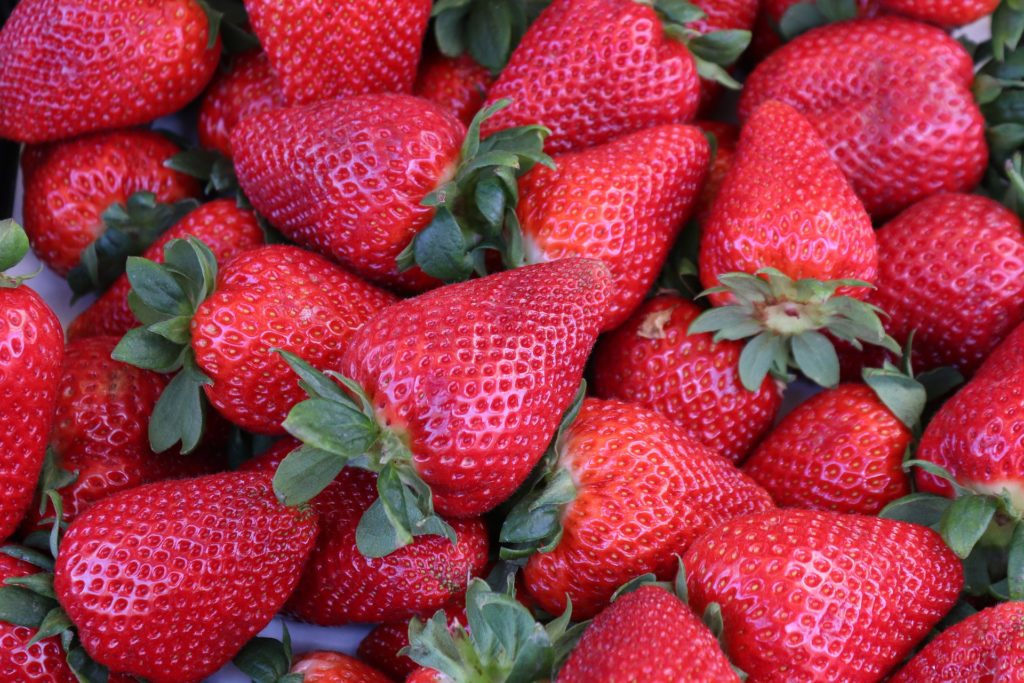
Strawberries and asparagus are often considered a classic companion planting duo. They thrive in similar soil conditions and require similar care. Strawberries produce ground cover that can help suppress weeds, while asparagus’s tall ferns provide vertical structure in the garden. The fruits of strawberries are a delightful addition to the table alongside asparagus dishes. Both plants also enjoy a slightly acidic soil pH, and growing them together can lead to mutually beneficial soil health. Care should be taken to allow each plant ample space for root development.
Rhubarb
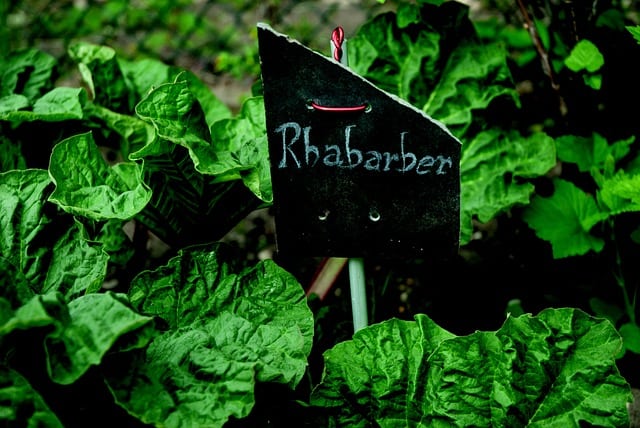
Rhubarb is not only an excellent culinary companion to asparagus, but it also benefits the garden ecosystem. The large leaves of rhubarb provide shade to young asparagus plants, protecting them from the harsh midday sun. Furthermore, rhubarb’s thick foliage can help suppress weeds in the planting area, reducing competition for essential nutrients and water. Both plants have a similar soil preference, making it easy to cultivate them together. When combined in cooking, rhubarb and asparagus can produce vibrant, flavorful dishes that highlight the best of spring produce.
Mint
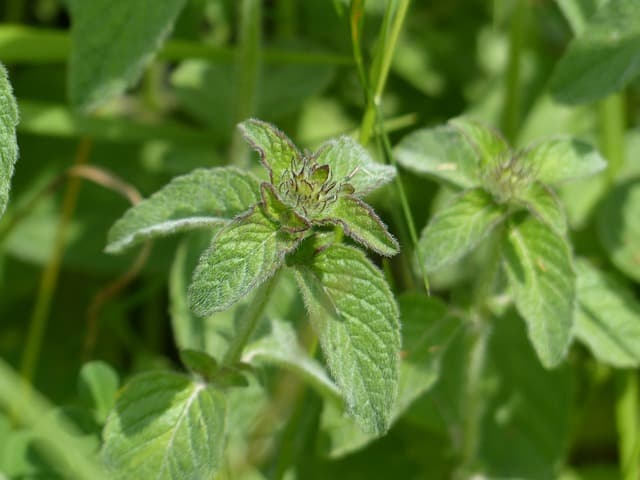
Mint is a highly aromatic herb that is known for its ability to deter certain pests, including aphids and cucumber beetles, which can be detrimental to asparagus plants. Mint’s vigorous growth habit means it should be planted in containers or carefully managed to avoid taking over the garden. When growing mint near asparagus, the scent can create an aromatic environment that may help mask the asparagus plants’ own fragrance from undesirable pests. Additionally, fresh mint can enhance the flavor profile of asparagus dishes, adding a refreshing element to both culinary and gardening experiences.
Peppers
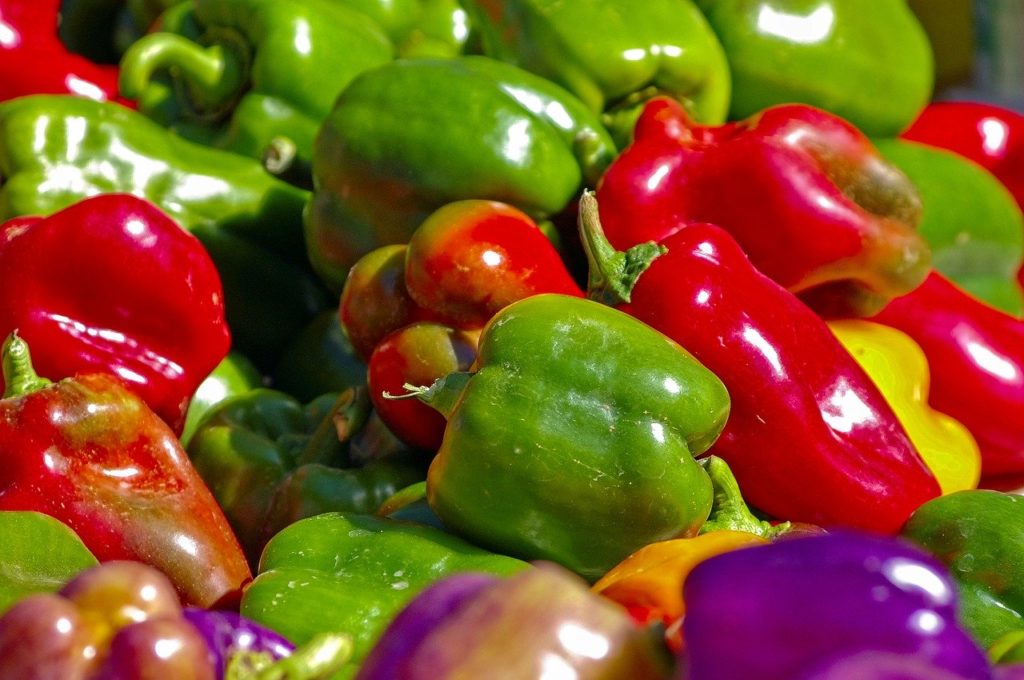
Sweet and hot peppers can cohabitate with asparagus effectively. Like many of the previously mentioned companion plants, peppers enjoy similar growing conditions—well-drained soil and plenty of sunlight. While they may not provide direct pest deterrent qualities, the height and bushy structure of pepper plants can create a diverse microclimate for aspiring asparagus. Additionally, peppers can offer rich color and flavors to summer dishes that incorporate asparagus, enhancing your harvest experience.
Spinach
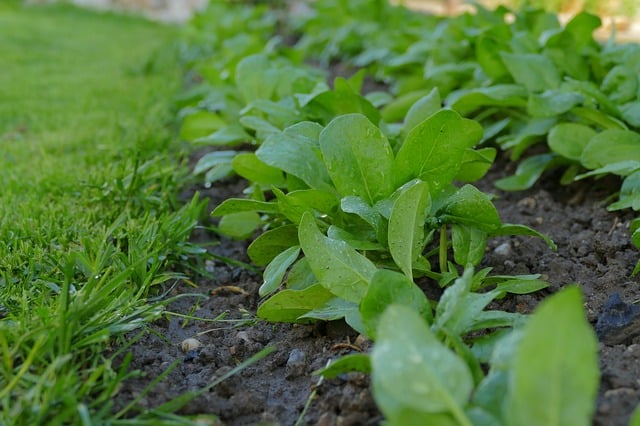
Spinach, known for its nutrient density, is another excellent companion for asparagus. This leafy green has a quick growth cycle, allowing it to mature before the asparagus foliage fully develops. Because spinach has shallow roots, it does not compete heavily for water or nutrients, making it an ideal partner. Spinach can also benefit from the shade provided by the taller asparagus ferns, prolonging its growth in hotter months. When harvested, the vibrant flavors of spinach serve as a delightful counterpart to the delicate taste of asparagus.
Sage
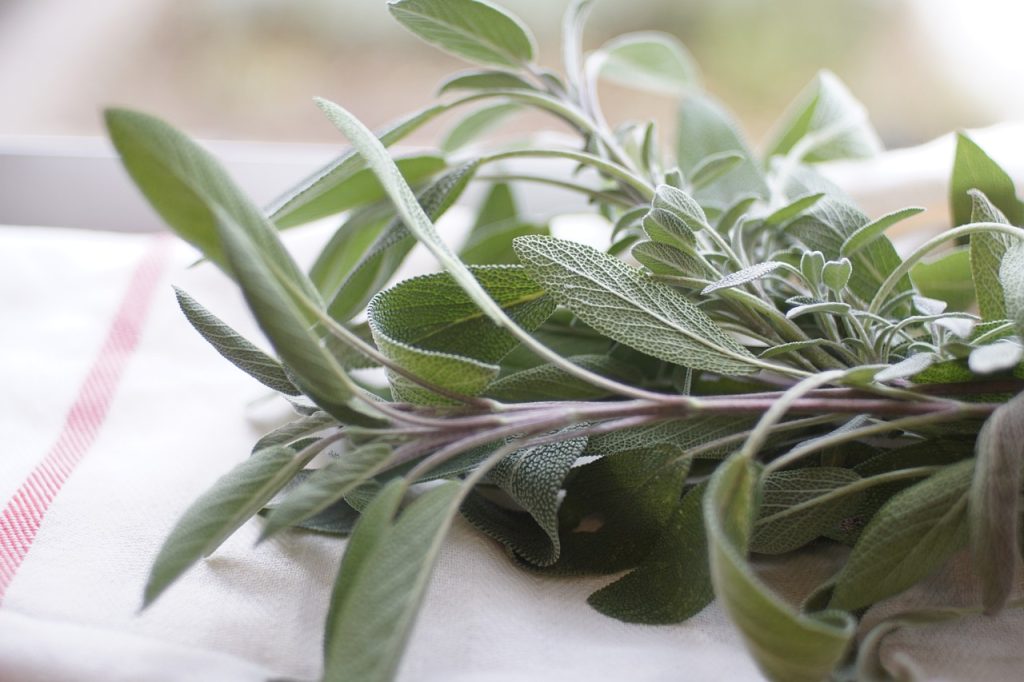
Sage is a hardy herb that can thrive alongside asparagus. Not only does sage help repel various pests, including cabbage moths and carrot flies, but its aromatic oils can improve the overall health of nearby plants. Sage prefers similar soil and light conditions as asparagus, creating harmonious planting conditions. In culinary terms, sage’s earthiness pairs well with asparagus, enriching the autumnal palettes of seasonal dishes. Sage can be harvested fresh or dried, offering ongoing benefits throughout the growing season.
Thyme

Thyme is another beneficial herb when growing asparagus. This low-growing plant will not compete for space or sunlight, making it a perfect ground cover that helps with weed suppression. Thyme’s aromatic foliage tends to repel certain bad insects while attracting beneficial pollinators. Its drought tolerance means that it can thrive even when asparagus begins to require more water during the heat of the summer. Furthermore, thyme is versatile in its culinary uses, pairing well with asparagus in salads, roasts, and other gourmet dishes.
Plants to Keep Away from Asparagus
While certain plants thrive alongside asparagus, others can hinder its growth and yield. It is crucial for gardeners to understand which plants to avoid in their asparagus patches.
Potatoes
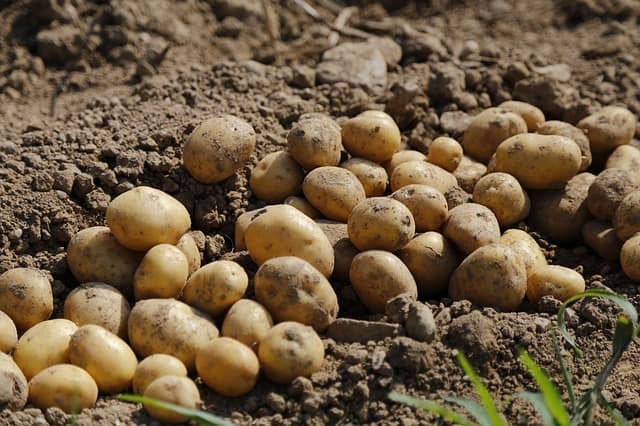
Potatoes are a poor companion for asparagus due to their shared vulnerability to soil-borne pests and diseases. Both plants can attract similar pests, including aphids and beetles, leading to an increased risk of infestations. Additionally, potatoes require a significant amount of nutrients to grow, which may deplete the soil resources needed for asparagus, resulting in stunted growth or poor yields.
Alliums (onions, garlic, leek)
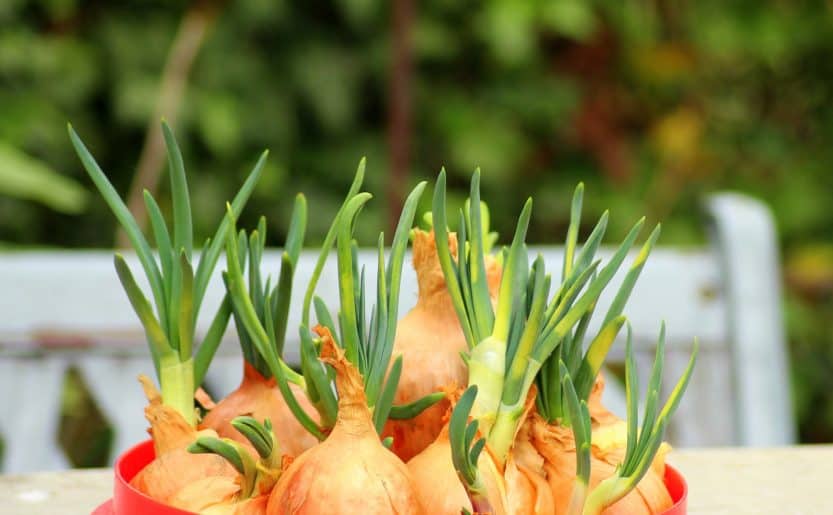
Alliums, including onions, garlic, and leeks, are known for their strong fragrances and ability to deter some pests. However, when planted with asparagus, they can inhibit its growth due to competing for nutrients and water. Furthermore, the sulfur compounds released from alliums can negatively affect asparagus’s root system, leading to poor plant health and diminished yields.
Carrots
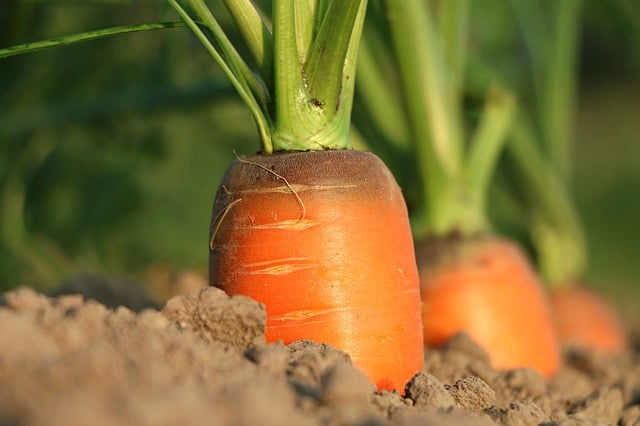
Carrots and asparagus should be kept apart as they can compete for similar soil resources. Both plants have root systems that grow relatively close to the surface, and this can lead to nutrient depletion. Additionally, carrots are susceptible to pest issues, including root flies, which can be detrimental to asparagus plants nearby. Gardener frustration can arise from the complications of managing these competing crops, making it wise to keep them separate.


